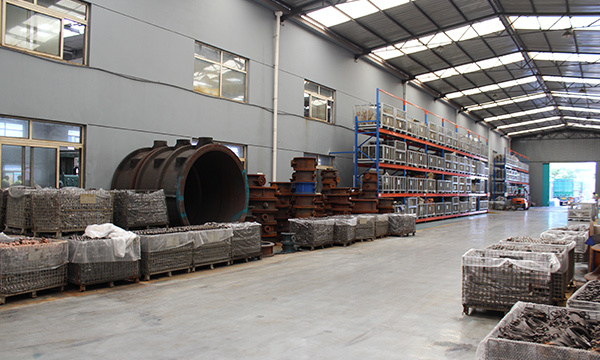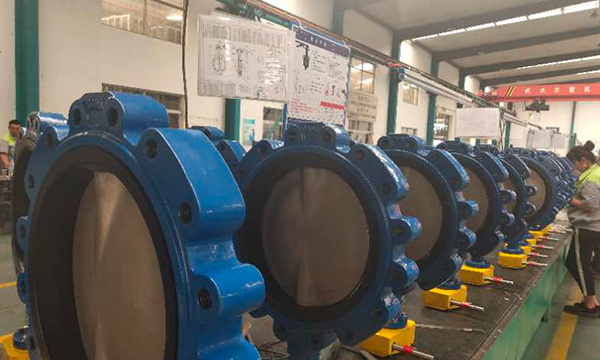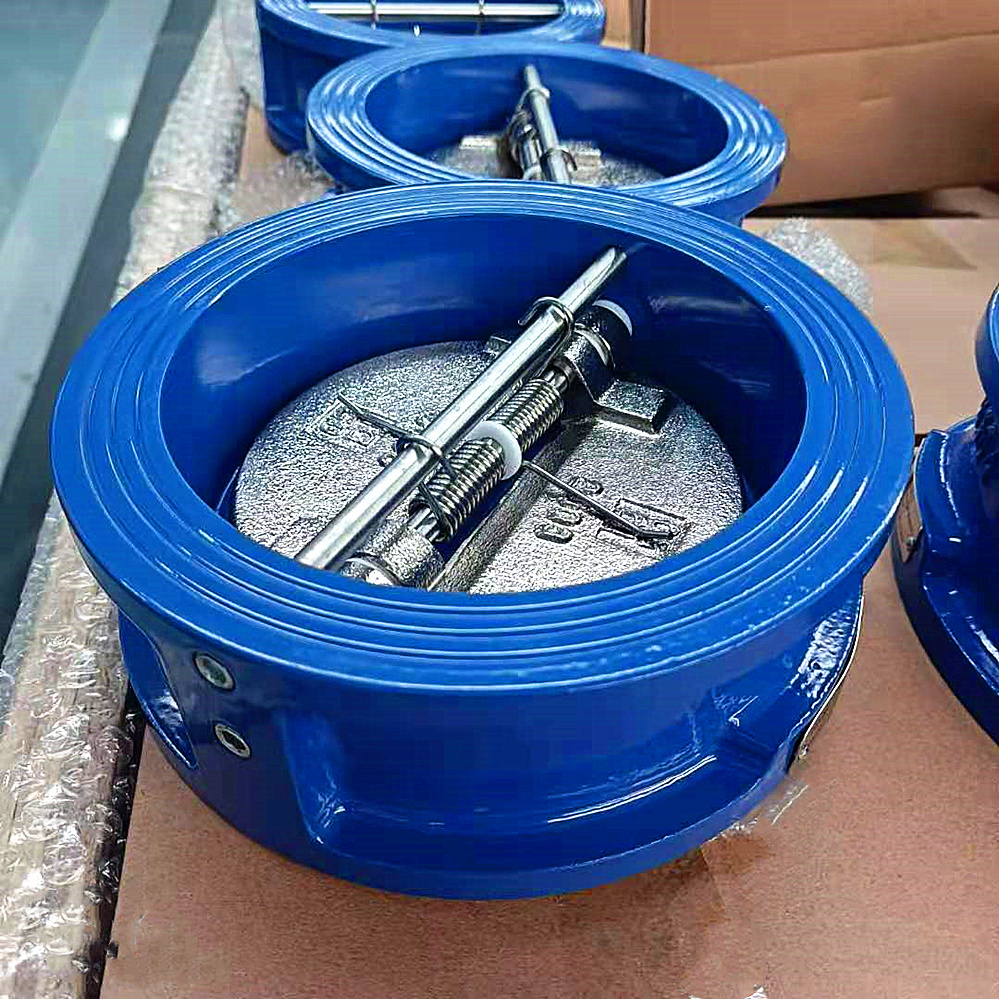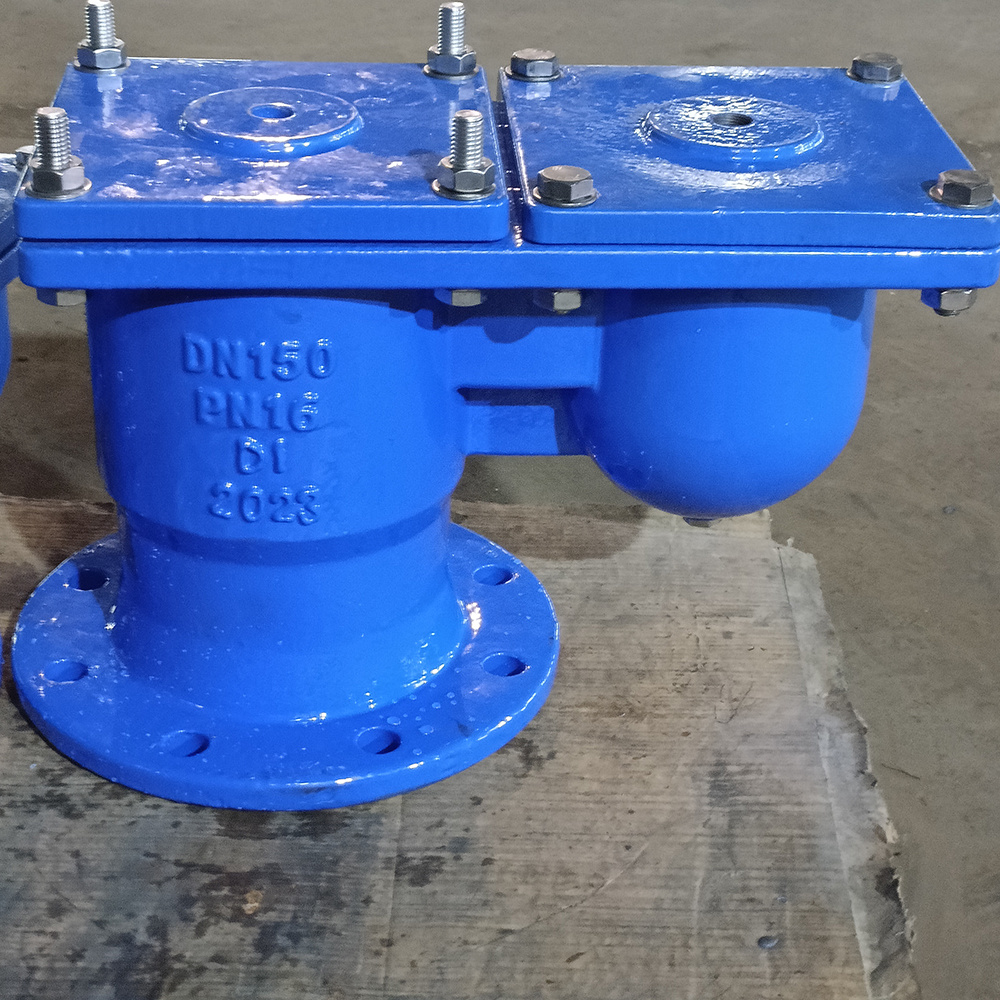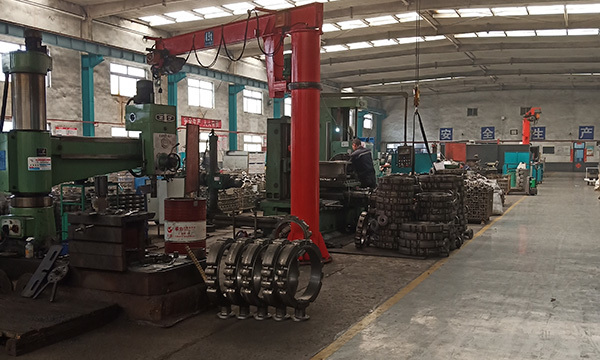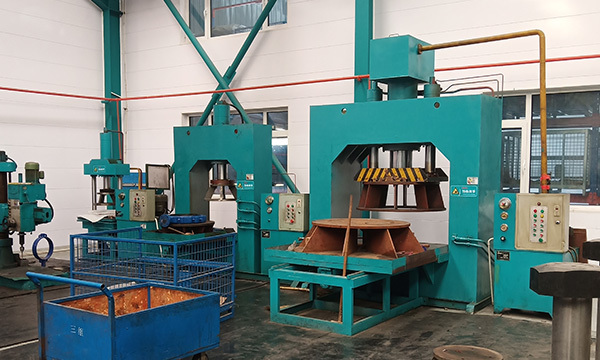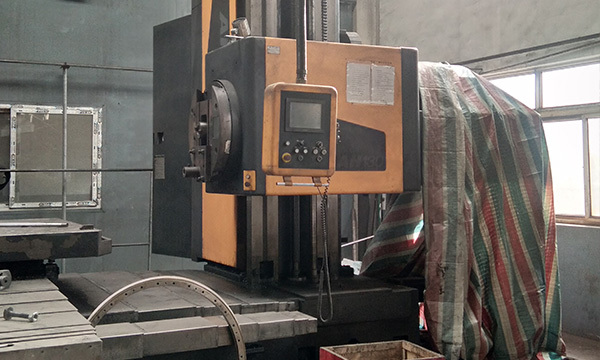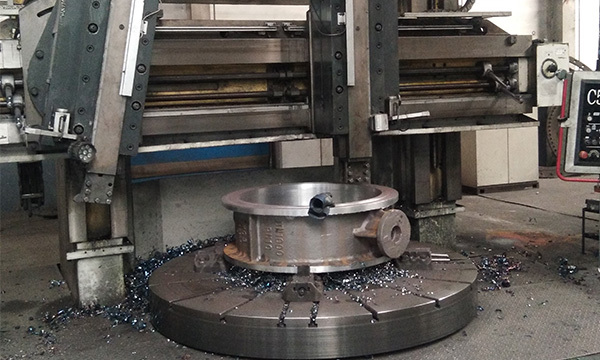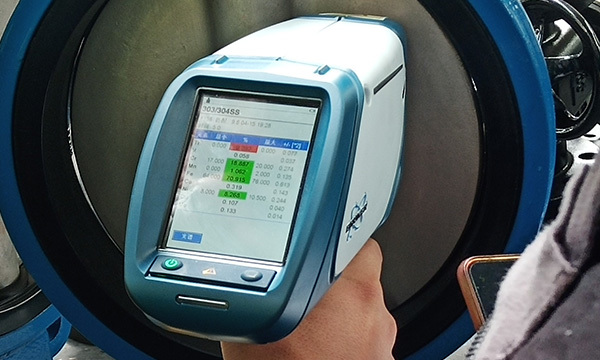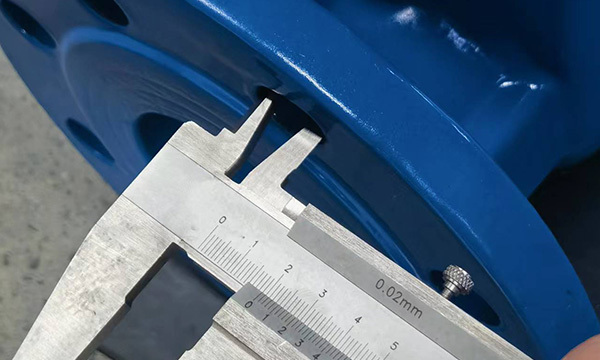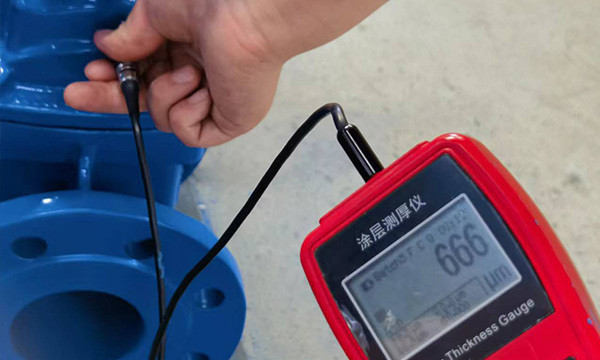Optimizing Workflow with Flange Butterfly Valve Systems: A Comprehensive Guide
2025-05-23
Optimizing Workflow with Flange Butterfly Valve Systems
Table of Contents
- 1. Introduction to Flange Butterfly Valve Systems
- 2. What Are Flange Butterfly Valves?
- 3. Benefits of Flange Butterfly Valve Systems
- 3.1 Space Savings and Compact Design
- 3.2 Cost Efficiency and Maintenance
- 3.3 Streamlined Operations and Workflow
- 4. Applications of Flange Butterfly Valves in Industry
- 5. How to Choose the Right Flange Butterfly Valve
- 6. Installation Best Practices for Flange Butterfly Valves
- 7. Common Issues and Troubleshooting
- 8. Frequently Asked Questions
- 9. Conclusion
1. Introduction to Flange Butterfly Valve Systems
In the realm of industrial equipment, **flange butterfly valve systems** stand out for their efficiency and versatility. These valves are essential components in various applications, allowing for the control of fluid flow with minimal resistance. As industries strive for optimized workflows, understanding the functionality and advantages of flange butterfly valves becomes critical.
This article delves into the intricacies of flange butterfly valve systems, providing insights into their design, benefits, and applications. By the end, you will comprehend how these valves can significantly impact workflow optimization in your operations.
2. What Are Flange Butterfly Valves?
Flange butterfly valves are quarter-turn valves that utilize a rotating disc to regulate flow. They are characterized by their **flanged connections**, allowing for easy installation and integration into piping systems. The design typically consists of a disc, body, seat, and actuator, all working together to provide a reliable sealing mechanism.
The operational principle is straightforward: when the actuator turns the disc, flow can be either fully opened or completely closed. This simplicity in design leads to several advantages, including low pressure drop and quick operation, making them ideal for various fluid control scenarios.
3. Benefits of Flange Butterfly Valve Systems
Flange butterfly valve systems offer numerous advantages that contribute to workflow optimization. Here, we explore some of the most significant benefits.
3.1 Space Savings and Compact Design
One of the standout features of flange butterfly valves is their **compact design**, which allows for significant space savings in industrial settings. Unlike traditional gate or globe valves, butterfly valves require less space for installation. This compactness enables industries to maximize their floor space, especially in facilities where space is at a premium.
3.2 Cost Efficiency and Maintenance
Flange butterfly valves are often more cost-effective than other valve types, both in terms of initial investment and ongoing maintenance. Their simpler design and fewer moving parts result in lower production costs. Additionally, the maintenance requirements are minimal, contributing to reduced operational costs over time. This cost efficiency makes them a popular choice for budget-conscious operations seeking reliable flow control solutions.
3.3 Streamlined Operations and Workflow
With their quick open-and-close functionality, flange butterfly valves facilitate **streamlined operations**. The quarter-turn operation allows for rapid adjustment of flow, making it easier to respond to changing process conditions. This responsiveness can enhance overall workflow efficiency, as operators can manage fluid flow adjustments without lengthy procedures.
4. Applications of Flange Butterfly Valves in Industry
Flange butterfly valves are widely used across various industries due to their versatility. Below are some key applications where these valves excel.
4.1 Water Treatment
In water treatment facilities, flange butterfly valves are employed to regulate the flow of water and chemicals throughout the treatment process. Their corrosion-resistant materials and reliable sealing capabilities make them suitable for handling various water qualities and chemical compositions.
4.2 Chemical Processing
Chemical processing plants utilize flange butterfly valves for their ability to handle aggressive fluids. The valves' ability to provide tight sealing minimizes the risk of leaks, ensuring safety and compliance with environmental regulations. They are ideal for controlling flow in applications such as mixing, transferring, and storage of chemicals.
4.3 Food and Beverage Industry
In the food and beverage sector, hygiene and reliability are paramount. Flange butterfly valves are designed to meet stringent sanitary standards, making them a preferred choice for controlling the flow of liquids in processing lines. Their easy maintenance and cleaning capabilities also contribute to operational efficiency in this industry.
5. How to Choose the Right Flange Butterfly Valve
Selecting the appropriate flange butterfly valve for your application involves careful consideration of several factors.
5.1 Key Considerations
When choosing a flange butterfly valve, consider the following:
- **Fluid Type:** Identify the fluid characteristics, including temperature, pressure, and chemical composition.
- **Size and Flow Requirements:** Determine the required valve size based on the flow rate and pipe diameter.
- **Material Compatibility:** Ensure the valve materials are compatible with the fluids being handled to prevent corrosion or degradation.
5.2 Understanding Valve Specifications
Familiarize yourself with valve specifications such as pressure ratings, temperature ratings, and seat materials. These specifications impact the valve's performance and longevity in your specific application. Consulting with manufacturers can provide valuable insights into the best options for your needs.
6. Installation Best Practices for Flange Butterfly Valves
Proper installation is crucial for maximizing the performance and durability of flange butterfly valves. Here are some best practices to follow:
1. **Ensure Proper Alignment:** Align the valve with the piping to prevent undue stress on the valve body.
2. **Use Appropriate Gaskets:** Select gaskets that match the valve material and the piping system to ensure a proper seal.
3. **Torque Specifications:** Follow the manufacturer's torque specifications when fastening flanges to avoid damage or leakage.
7. Common Issues and Troubleshooting
Despite their reliability, flange butterfly valves can experience issues over time. Common problems include leakage, difficulty in operation, and wear on seals. To troubleshoot these issues:
- **Inspect Regularly:** Perform routine inspections to identify signs of wear or damage.
- **Check Actuator Functionality:** Ensure that the actuator is functioning correctly and that there are no obstructions.
- **Replace Worn Parts:** Address any worn seals or components promptly to maintain optimal performance.
8. Frequently Asked Questions
**Q1: What is the primary advantage of using flange butterfly valves?**
A1: The primary advantages are their compact design, cost efficiency, and ability to provide quick flow control.
**Q2: Can flange butterfly valves be used for high-pressure applications?**
A2: Yes, flange butterfly valves are available in designs that can withstand high-pressure conditions. Be sure to select the correct specifications.
**Q3: What materials are typically used in flange butterfly valves?**
A3: Common materials include stainless steel, cast iron, and various plastic compounds, depending on the application.
**Q4: How often should flange butterfly valves be maintained?**
A4: Maintenance frequency depends on the application and operational conditions, but regular inspections are recommended.
**Q5: Are flange butterfly valves suitable for corrosive materials?**
A5: Yes, but it's crucial to choose materials specifically designed for corrosive environments to ensure longevity and safety.
9. Conclusion
Flange butterfly valve systems represent a significant advancement in fluid control technology, offering numerous benefits that streamline operations and enhance workflow efficiency. Their compact design, cost-effectiveness, and versatility across various industries make them an excellent choice for professionals looking to optimize their systems. Understanding their applications, installation best practices, and maintenance needs will ultimately lead to better performance and reliability in your industrial processes. By harnessing the potential of flange butterfly valves, you can elevate your operational capacity and achieve significant productivity gains.
flange butterfly valve


